Industrial Waste Management: Hazardous and Non-Hazardous
Industrial waste represents a significant challenge for both communities and businesses, as it impacts the environment and public health if not handled correctly.
Industrial waste is divided into two main types:
hazardous and non-hazardous.
Each type requires specific techniques and methods for proper handling to ensure environmental safety and achieve direct benefits for clients collaborating with waste management service providers.
Hazardous Industrial Waste
Hazardous industrial waste contains chemicals or biological materials that pose a significant threat to public health and the environment. Examples of such materials include:
- Heavy metals like mercury and lead.
- Toxic organic compounds like industrial solvents.
- Medical or biological waste containing pathogens.
Methods for Handling Hazardous Waste
Chemical Treatment
Chemical treatment is used to convert hazardous materials into less harmful substances. This is achieved using specific chemicals that neutralize or break down hazardous compounds.
Example: Neutralizing acids with bases.
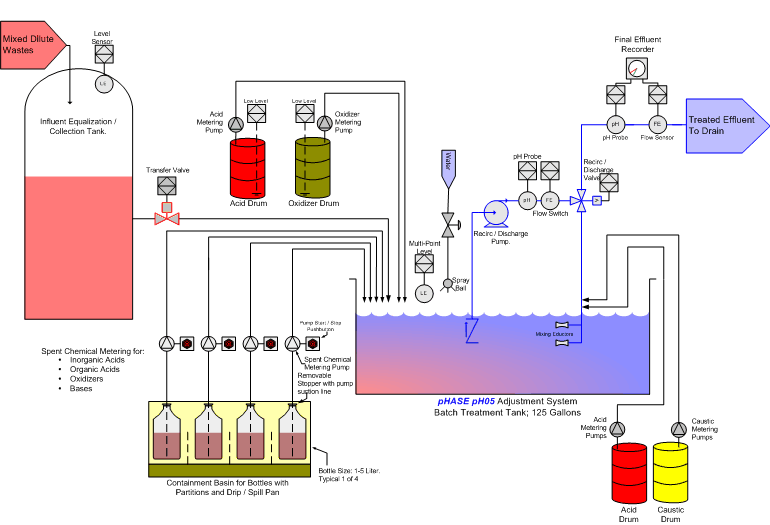
Storage in Special Containers
Hazardous waste is stored in specially designed containers to prevent the leakage of toxic materials into the surrounding environment.
Example: Containers with impermeable layers to prevent leakage.
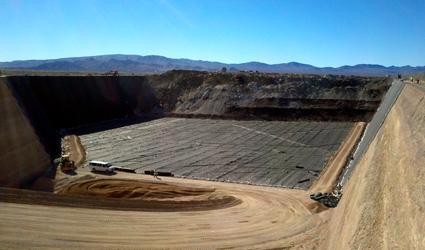
Recycling
Sometimes, hazardous waste is reused after treatment, such as recycling used oils.
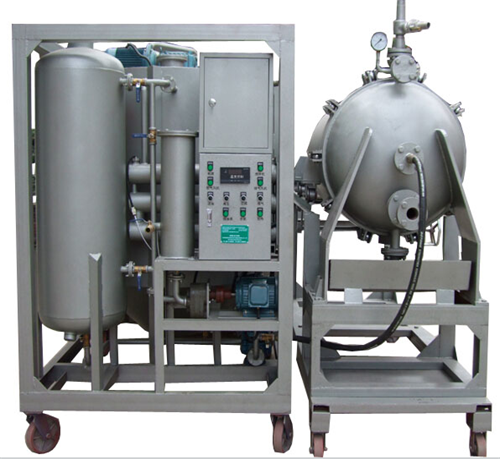
Non-Hazardous Industrial Waste
Non-hazardous industrial waste includes materials that do not pose a significant threat to the environment or public health, such as:
- Construction waste.
- Paper waste.
- Uncontaminated plastic materials.
Methods for Handling Non-Hazardous Waste
Evaporation Ponds
Evaporation ponds are used to dispose of liquid waste by evaporating water and leaving behind solid materials or chemicals that can be handled separately.
This method is effective for liquid waste with high chemical content.
Benefits of Evaporation Ponds:
- Reduces waste volume.
- Separates recoverable chemical compounds.
- Reduces operational costs for the client by lowering the volume of remaining waste.
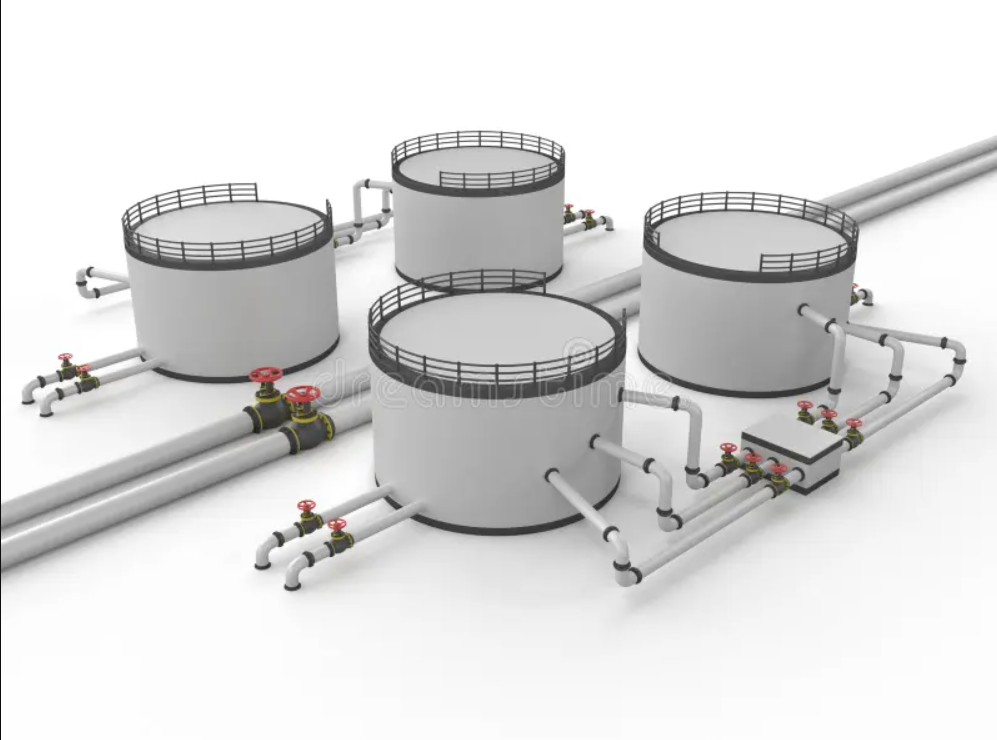
Challenges of Evaporation Ponds:
- Require large areas.
- May be prone to toxic leaks if poorly designed.
Chemical Treatment Ponds
Chemical treatment ponds are one of the most common methods for handling both hazardous and non-hazardous industrial waste. Waste is treated using chemicals to neutralize or modify its harmful properties.
Treatment Stages:
- Chemical Addition: Chemicals like chlorine or caustic soda are added based on the type of waste.
- Mixing: Waste and chemicals are mixed to ensure complete reaction.
- Separation: Materials resulting from the reaction are separated to determine how to dispose of or reuse them.
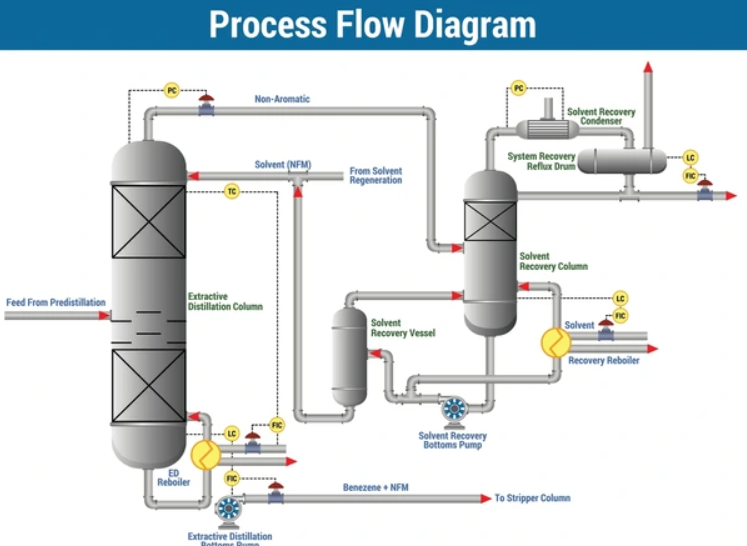
Environmental Benefits of Industrial Waste Management
- Conservation of Natural Resources: Recycling and reuse reduce the need for new resource extraction.
- Pollution Reduction: Chemical treatment and evaporation reduce the amount of toxic materials released into the environment.
- Sustainability Achievement: Proper waste management contributes to achieving sustainable development goals.
Legal and Administrative Frameworks for Waste Management
Industrial waste management follows local and international laws and regulations to ensure compliance with sound environmental practices. Governments provide guidelines and support programs to encourage companies to adopt environmentally friendly treatment technologies.
Technology and Innovation in Waste Management
- Use of Modern Technologies:
- Developing more efficient chemical treatment ponds.
- Designing innovative evaporation ponds that reduce excess evaporation while preserving valuable materials.
Client Benefits:
- Cost reduction through technologies that minimize waste.
- Improved environmental performance for the company.
Corporate Social Responsibility
Encouraging companies to integrate waste management strategies into their plans. Adherence to environmental standards enhances their image among clients and partners.
Conclusion
Industrial waste management is not only an environmental obligation but also an opportunity to achieve economic gains and a strong reputation for businesses. By collaborating with specialized waste management service providers, clients can achieve cost savings, improve operational efficiency, and ensure compliance with environmental regulations.
